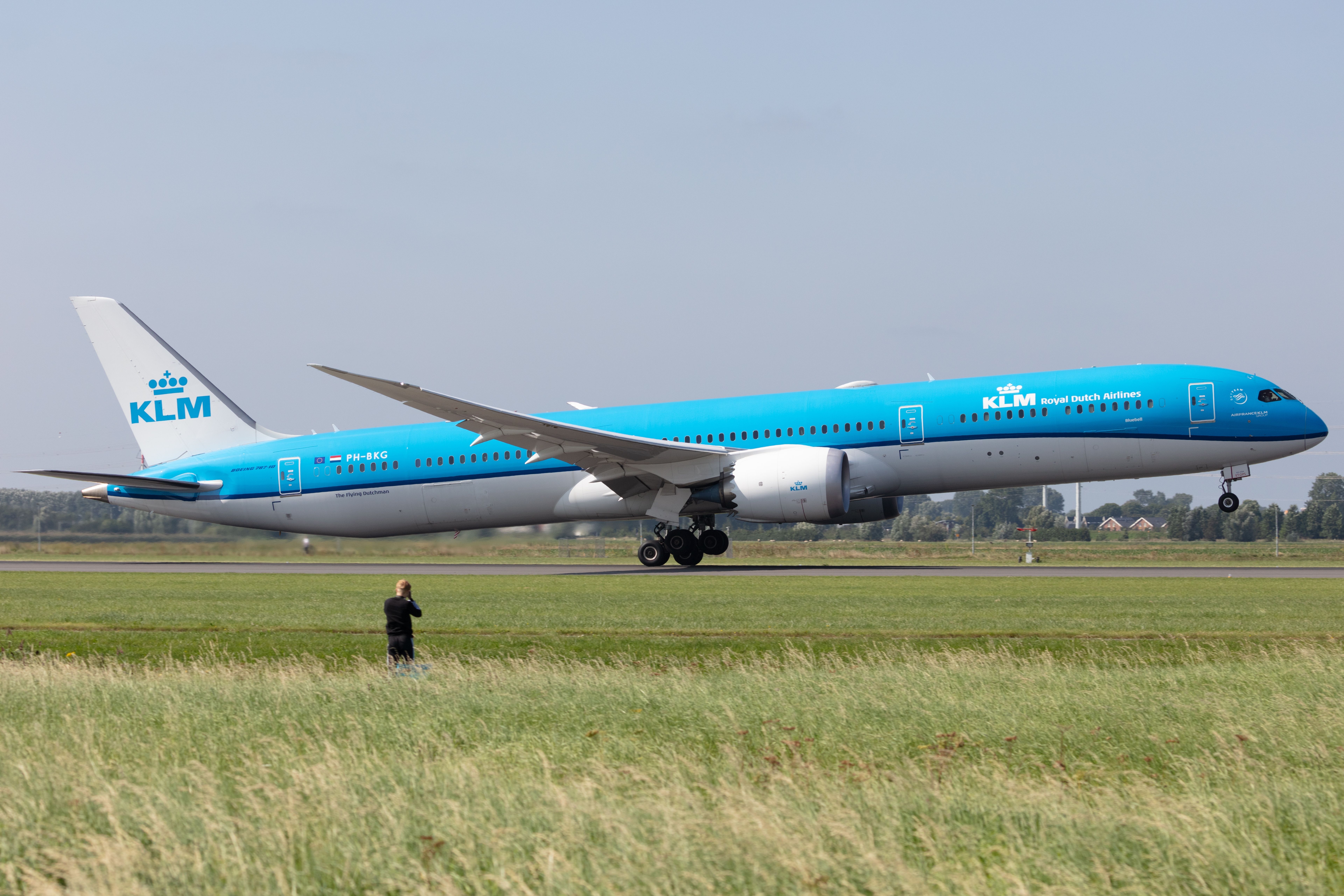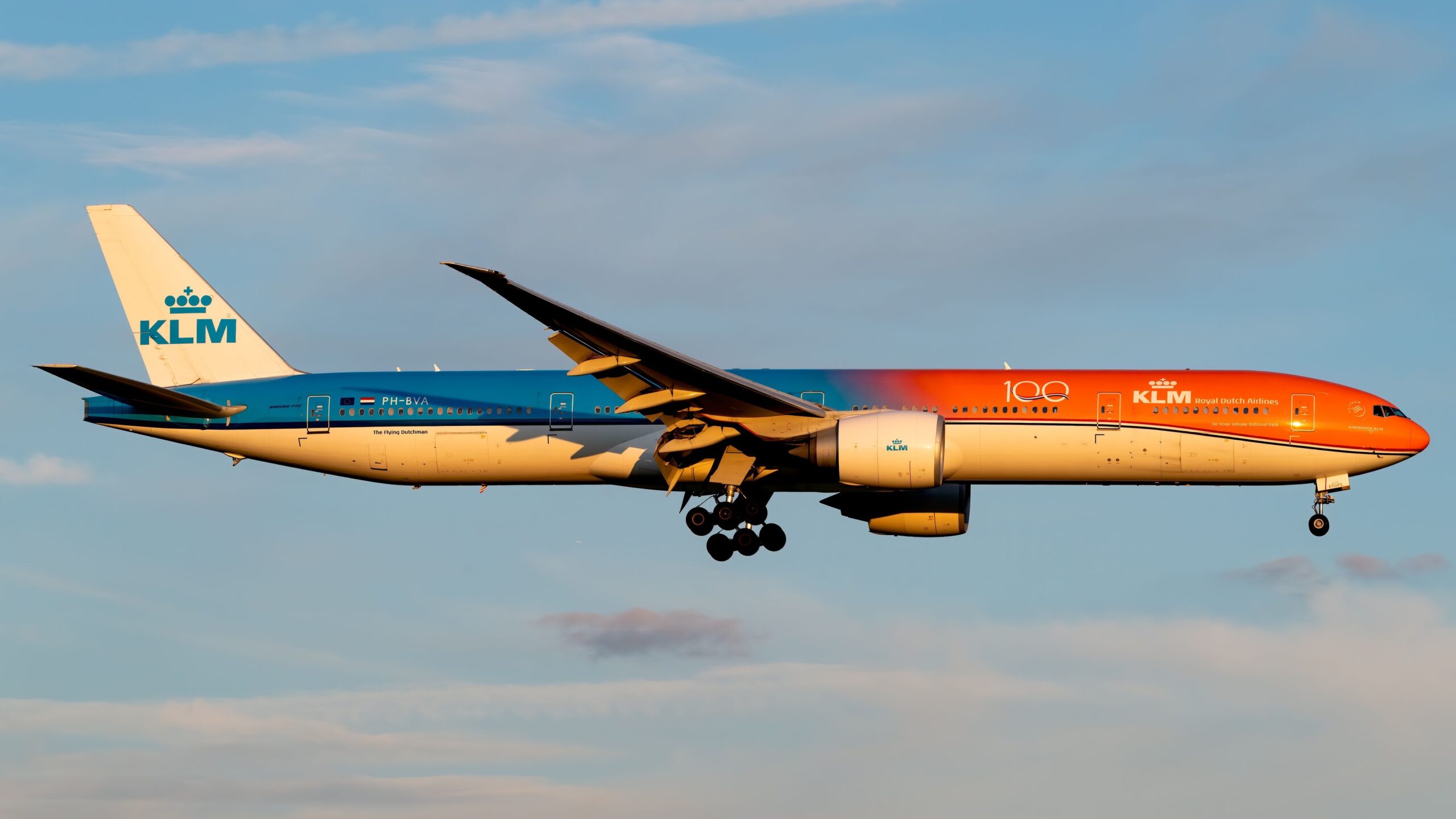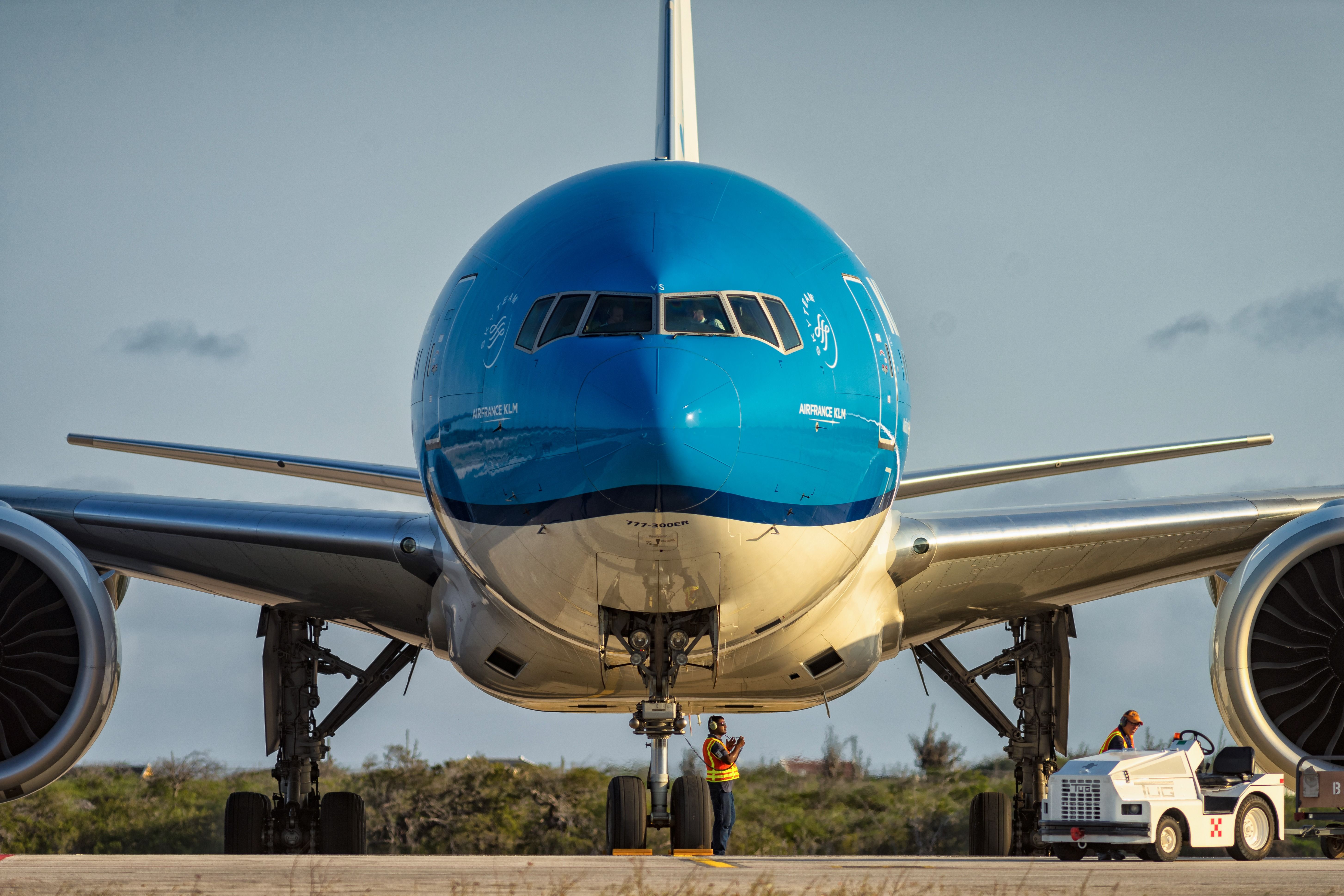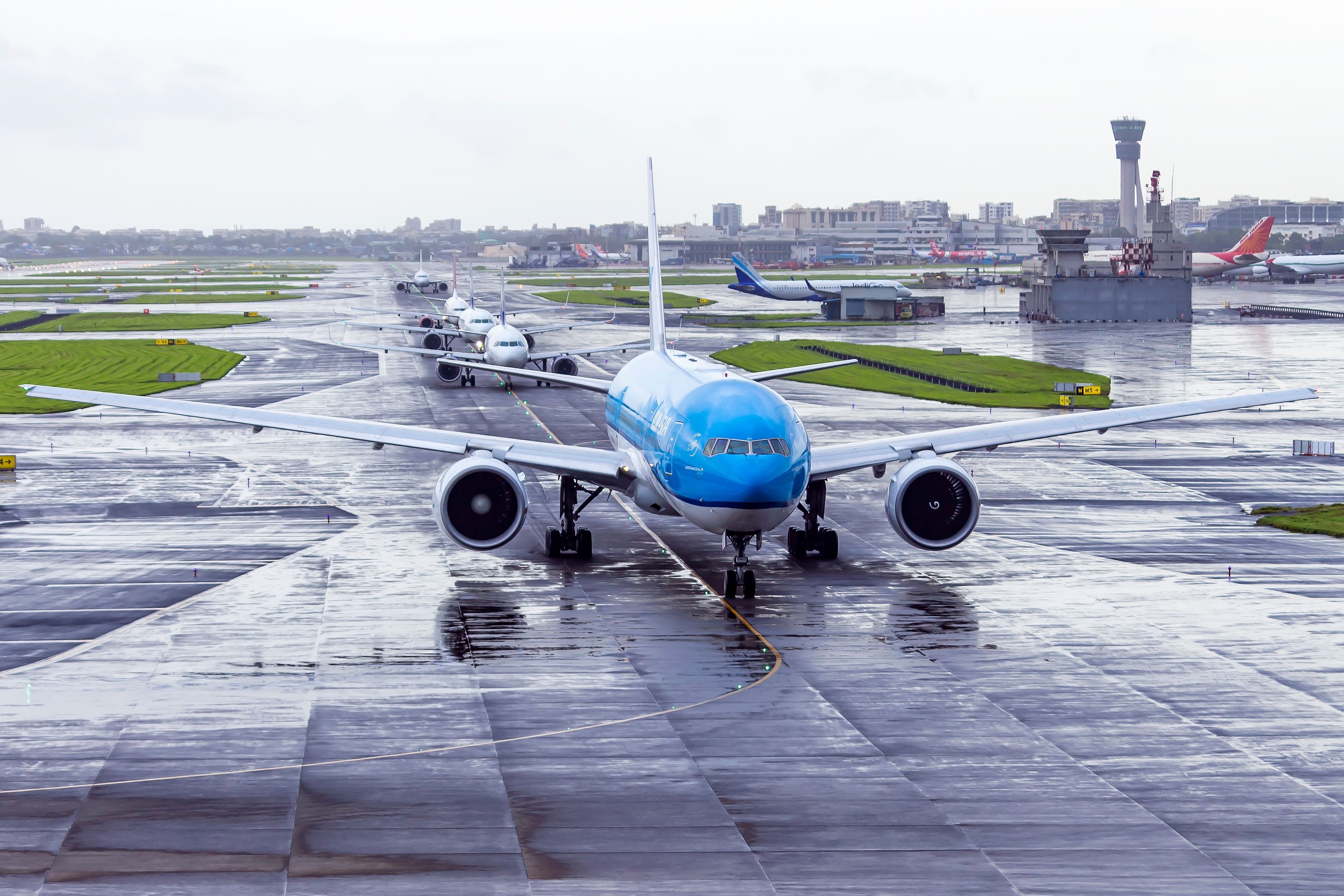Summary
- KLM Flight KL 705 landed safely at AMS after experiencing a hydraulic failure, leading to a precautionary return.
- After a 2-hour delay, KLM procured another aircraft to complete the flight and ensure passenger safety.
- Mechanical faults in jetliners are common, but older aircraft like the Boeing 777 can still operate without safety risks.
On June 23rd, a KLM passenger jet abandoned its flight from the Netherlands to Brazil due to a mechanical failure in flight. As a result, the crew decided to return to its departure airport as a precautionary measure.
What happened?
KLM Airlines Flight KL 705, operating scheduled nonstop service from Amsterdam Airport Schiphol (AMS) to Galeão–Antonio Carlos Jobim International Airport (GIG), experienced a hydraulic failure on Sunday afternoon’s flight.
Photo: StephanKogelman | Shutterstock
According to Flight Aware, the aircraft was en route to its destination at FL310 and began returning to AMS just north of Beauvais–Tillé Airport (BVA) after roughly 26 minutes of flight time. 13 minutes later, the crew performed a holding maneuver to dump fuel, presumably to reach landing weight, before returning to AMS.
The aircraft landed safely on runway 27 at AMS at 15:08 local time after departing at 13:16. The entire flight lasted only 1 hour and 56 minutes.
According to the Aviation Herald, the center-left hydraulic interface module (HYDIM CL) showed a fault. Observers watching the aircraft’s landing said the main gear doors were open at landing. It’s possible that they never closed.
The aircraft in question is a Boeing 777-200, registered PH-BQB. According to Planespotters.net, the aircraft is 20.7 years old and was built at the Everett plant. Two General Electric GE90 engines power the aircraft.
Aftermath
In a previous statement, the airline said that the safety of the passengers and crew was never at risk and that another aircraft would be used to complete the flight. The airline made good on its promise and sourced a Boeing 777-300ER. After a minimal delay of roughly 2 hours and 45 minutes, the passengers were on their way to GIG.
Simple Flying has contacted the airline and asked for more information about the nature of the mechanical fault and the status of the aircraft.
Mechanical failures in jetliners
Despite good airline maintenance, mechanical failures tend to occur, especially on older aircraft. The average lifespan of a commercial jetliner is approximately 20-25 years. The 777 is exceptional in this sense, with many aircraft operating with no issues closer to the 30-year mark.
KLM
Photo: BoeingMan777 | Shutterstock
However, constant operation results in wear and tear on the components of an aircraft, and though these aircraft are scrupulously maintained and inspected, mechanical issues arise. Aircraft systems often have multiple redundancies and backups to ensure that one failure will not adversely affect the operation of the aircraft.
In this case, the landing gear doors did not close properly due to the failure of a module in the hydraulic system (as evidenced by the ground observer seeing the gear doors open). While not a safety risk, the aircraft would’ve faced extreme levels of drag, burned more fuel than planned, and would not have been able to complete the flight regardless. Which is why the crew decided to return to its home base so the operator could schedule a replacement plane.

Related
KLM Submits Plan For Noise Reduction At Amsterdam Schiphol Airport
The airline is at odds with certain aspects of the government’s proposals.




.jpg)